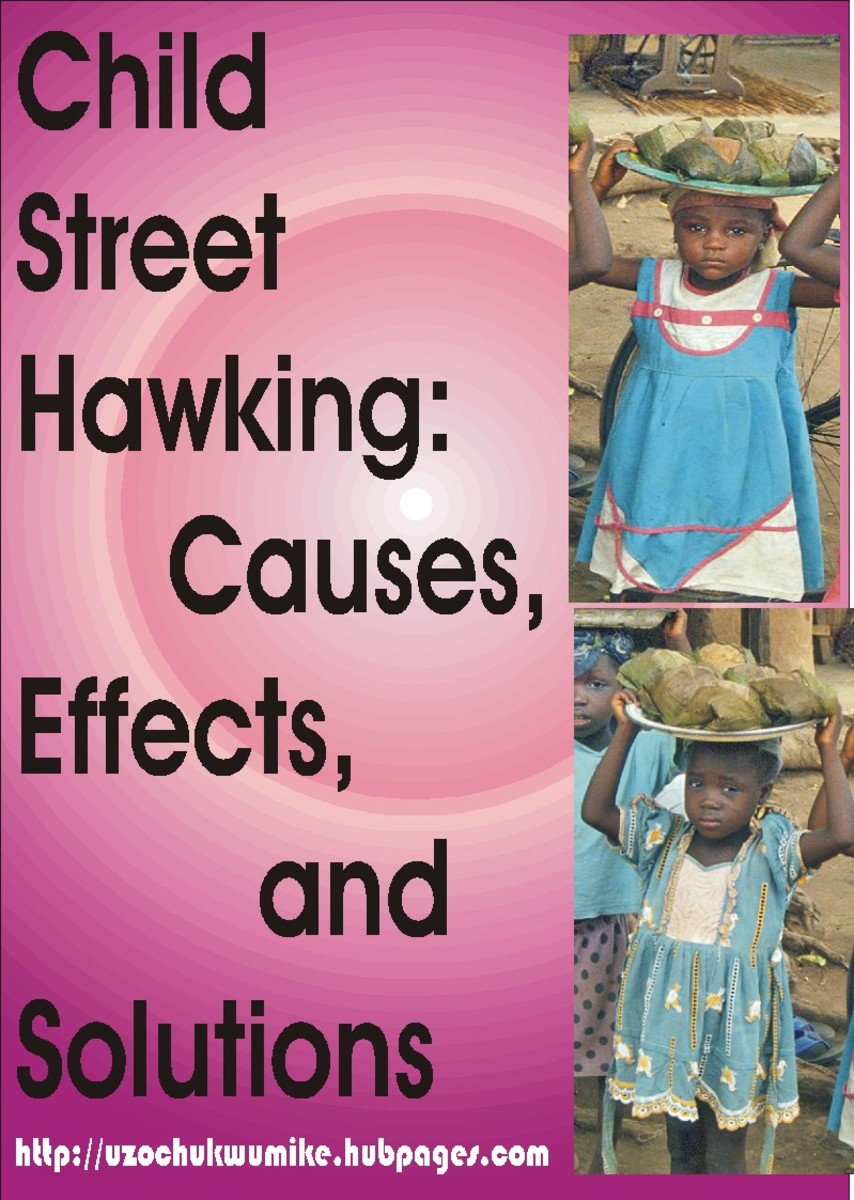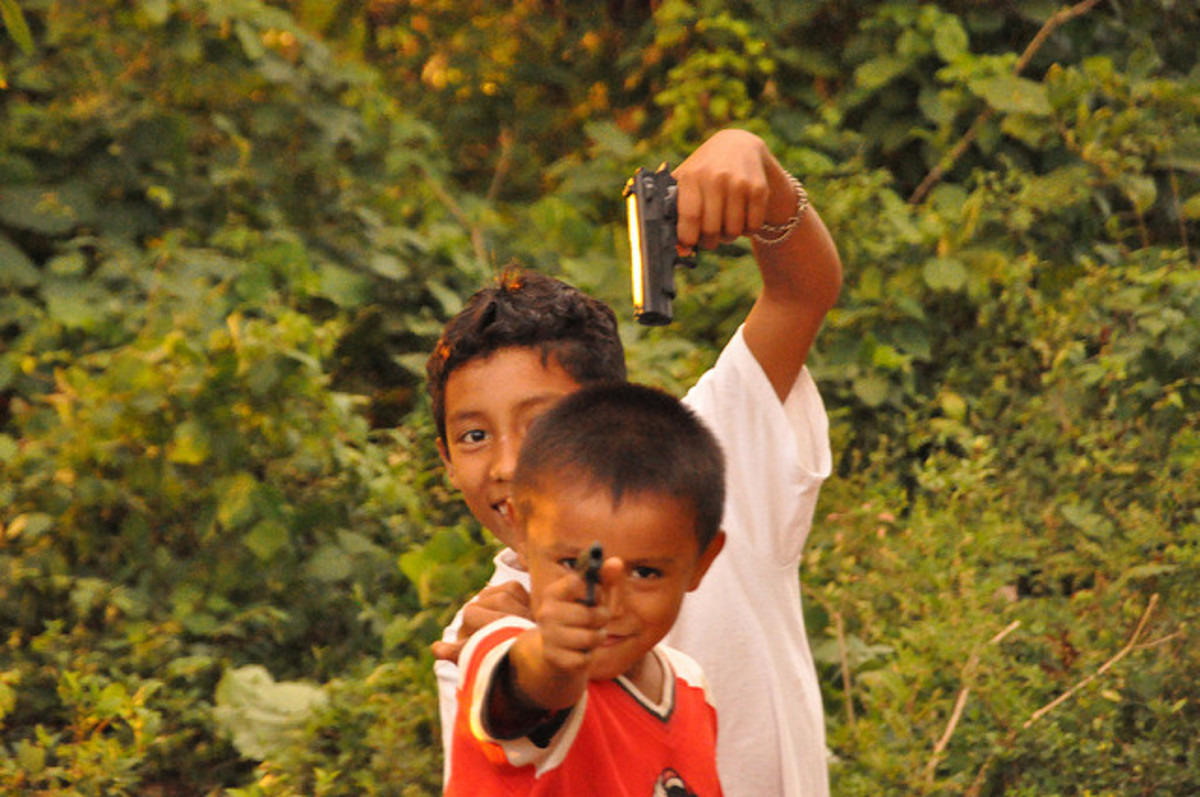Aggressive Parenting and Children
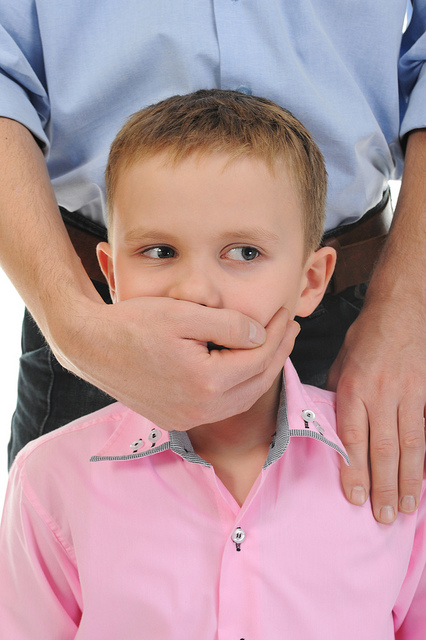
Much research has been done on the effects of aggressive parents on children.
“The demographics of partner violence reveal that a large number of young children live in homes where they encounter opportunities to witness violence”(Moffitt and Caspi, 1998, p.140).
The major concerns of this phenomenon begin in the home where the negative influences of parental violence and aggressiveness results in the children showing their stress in other areas, such as acting out in school, and will also most likely result in aggressive lasting behaviors on the part of the children.
Aggressive Parents Create Aggressive Children
“The best independent familial childhood predictors of violence up to age 32 were low parental interest in the boys’ education, authoritarian parents, a convicted parent, and harsh parental discipline” (Loeber & Hay, 1997).
In this article, we are going to look at the temperamental effects, emotional effects, and cognitive effects that aggressive parenting has on children.
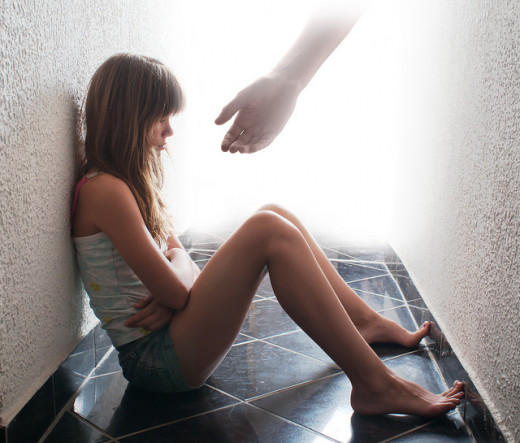
Temperamental Effects
Much research has been done in this area showing evidence that a child’s early experiences paves the way for future actions. Children learn by example. What better example for a child than for the parent to handle their problems by screaming, yelling and being physically abuse. This only teaches a child that this is the appropriate way to handle their own problems. What’s more, it has been shown that psychologically, people tend to find a mate that closely resembles the example they had as a child. A daughter will, consciously or unconsciously, seek out a mate like her father. A son will do likewise, finding a mate like his mother. If all a child has been exposed to is abuse, aggressiveness and violence for an example, he or she is likely to duplicate this in their own lives.
“A report in the November [issue of] Developmental Psychology suggests that once a person’s relative degree of aggressiveness is established during childhood, for whatever reasons, it remains remarkably stable across time, situations and even generations within a family” (The staying power of aggression, 1984).
Quick Poll
What interested you in this article?
Emotional Effects
“Results show that child abuse, domestic violence, and both in combination (i.e., dual exposure) increase a child’s risk for internalizing and externalizing outcomes in adolescence” (Moylan, Herrenkohl, Sousa, Tajima, Herrenkohl, & Russo, 2010).
Not only has research been done to show how people choose spouses like the opposite sex parental example in the home, it has also been shown that people will most closely resemble the same sex parent themselves. Whether each person is aware of the behaviors or not, the example pressed upon him or her as a child will remain, even in adulthood to reflect behaviors (positive or negative) they witnessed at home. The mom and dad in a home are essentially providing children with an example of what it means to be a man or a woman, and not only what they should look for in a mate, but how that mate should be treated.
This is most detrimental when that relationship between parents in violent, aggressive, or abusive. Even more dangerous, is when the child himself/herself experiences the violence personally.
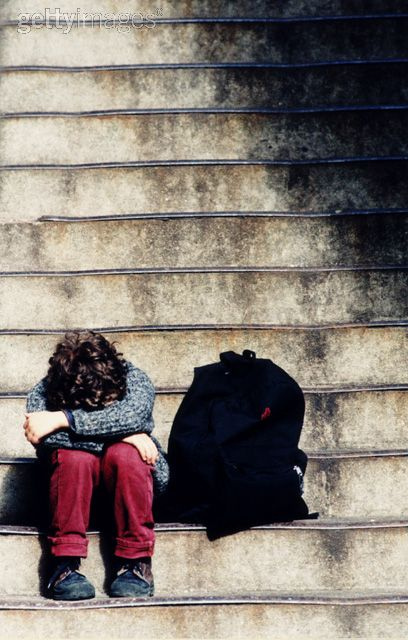
“The effects of being abused persist into adolescence; teens who were abused as children are more likely to experience depression and other internalizing problems” (Moylan, et al., 2010). They are also more likely to exhibit “externalizing behavior problems, such as delinquency and violence perpetration” (2010).
Most of the damages being done to children in situations such as these cannot be seen visually. Most of the damages are internal and result in social and emotional issues. The effects of such violence or even abuse in the home go much deeper than that though. Many of these children are scarred for life and have problems with being a normal part of society. Many of these children will struggle to maintain normal responsibilities such as holding down a job, and maintaining a family.
Cognitive Effects
Children, in their development stages, do not understand the environments around them the same way adults do. They tend to take negativity, especially in relation to those they love and rely on, personally and take the fault of any disagreements or problems upon themselves. The wellbeing of the mother, especially, has a huge effect on the wellbeing of the child(ren).
“Insecure attachment is sometimes associated with maternal depression, which promotes externalizing problems and an aggressive stance toward interpersonal conflict, especially in boys” (Loeber & Hay, 1997). Many factors can effect the behaviors and future actions of children “however, parental psychopathology, including depression and antisocial personality disorder, can disrupt child-rearing practices and thus directly affect the formation of deviant behavior in the offspring” (1997).
Adverse Effects of Violence in the Home
Some of the adverse effects of violence in the home include the health of the children in the home, the conduct of the children in and outside of the home, and the public expenditures that accrue on the part of taxpayers in the areas of mental health, general health, school, and juvenile justice to combat these other effects.
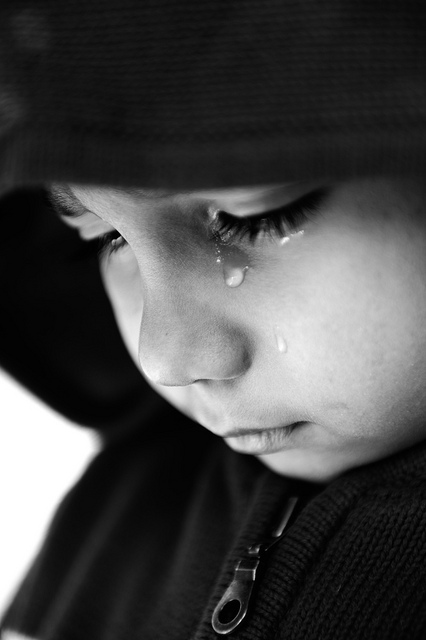
Health of Children
Violence and abuse are not always displayed as yelling, screaming, hitting, kicking or the like. For some parents, their aggressiveness comes out in the form of how they handle situations involving their children. A while back, one story was popular in the news that discussed a mother who retaliated violently because her daughter did not make the cheerleading squad. It doesn’t stop there. There have been many stories of parents who take their child winning so seriously that they will bribe judges, get rid of the competition, cheat or even drug their children so that they have an unfair advantage.
“Several athletes have faced serious health problems-and, in a few cases, death—when overzealous parents doped their kids up on steroids and other so-called ‘performance-enhancing drugs’” (A poor-sport parent is ruining morale on the freshman basketball team, 1996) all because they were so intent on their child winning or being the best. This is violence.
While violence and aggression in parents can mean that some children are receiving too much from their parents like the examples just given, it can also mean that children are not receiving enough.
Neglect is another shown side effect of violence in the home. Some parents either become so wrapped up in their own lives that the children are neglected, or parents choose to neglect their children as a form of abuse.
One study in this area of research “showed that the chance of SAM [severe acute malnutrition] in children living with extremely aggressive parents was around 2.5 times that of children living with parents who are not” (Reichenheim & Hasselmann, 2004). Violence has many faces when it comes to children.
Conduct of Children
“Almost one million children and adolescents are abused by their adult caretakers each year and well over 3.3 million witness interparental violence each year” (O’Keefe, 1996). Abuse as a child is the most obvious cause of delinquency in children. Children are physically hit, kicked or even called names, sometimes for reasons unknown, and therefore children duplicate these behaviors in their own lives as their only way of handling their feelings. However, its not as simple as that. Research has been done to show that simple parental conflict can cause equal behavior problems in children.
“There is reason to believe that more detrimental consequences may follow from exposure to parental violence. This is because partner violence in concentrated in homes, where young children spend a great deal of their time” (Moffitt, & Caspi, 1998). Like already addressed, parents are the only source of authority and affectional ties that these children see on a daily basis. They are more likely to imitate behaviors they see in their parents in regards to how to handle stress, how to treat your mate, what it means to be a man/woman in their home, etc.
“Partner violence disrupts the quality of parenting, and thus poor parenting mediates the link between partner violence and children’s behavior problems” (1998).
Child behavior is likely to worsen if the child feels it is his or her fault the parents are arguing or if the child is being neglected, and to the degree the child feels this way.

Public Expenditures
In the areas of mental health, general health, school, and juvenile justice public expenditures by taxpayers are ever increasing. Problems developed in children of violent homes are a public problem, not a private one. It is selfish to think that a family’s problem is its own. Consider the quote “it takes a community to raise a child.” Consider also information from previous slides stating that “once a person’s relative degree of aggressiveness is established during childhood, for whatever reasons, it remains remarkably stable across time, situations and even generations within a family” (The staying power of aggression, 1984).
Children from these families at some point go to school and join the public, where they find caring adults that get them the help that they need, or they find themselves in the juvenile justice system through drug abuse, violence, or some other worse crime. The “public costs per child related to CD [conduct disorder] exceeded $70,000 over a 7-year period. . . reflecting the importance of prevention and early treatment for the disorder “(Foster, Jones, & the Conduct Problems Prevention Research Group, 2005, emphasis mine).
Aggressive parents have more aggressive children. Not only are children taking from the examples they have at home, but they are reaching out to express themselves in any way they can. This has drastic effects not only on those in the home, but also on all others outside the home, such as the children's teacher, other students and other families. To read about the Effects of Aggressive Parenting on others outside the home and in the related children's lives, you'll have to read the article.
With proper training and support for parents, teachers, and students, the cycle of violence in homes can drastically decrease if not stop altogether. Let's look at a Plan of Action for Addressing Parental Violence.
Related References
A poor-sport parent is ruining morale on the freshman basketball team. (1996).Curriculum Review, 35(7). Retrieved June 9, 2010, from the Academic Search Complete Database at Liberty University: http://web.ebscohost.com.ezproxy.liberty.edu:2048/ehost/detail?vid=4&hid=9&sid=37123174-28ee-47e0-9197-3b18ca5c0c26%40sessionmgr13&bdata=JnNpdGU9ZWhvc3QtbGl2ZSZzY29wZT1zaXRl#db=a9h&AN=9603141979.
Bain, A. & Houghton, S. (1991). The effects of a school-wide behaviour management programme on teachers’ use of encouragement in the classroom. Educational Studies, 17(3). Retrieved June 9, 2010, from the Academic Search Complete Database at Liberty University: http://web.ebscohost.com.ezproxy.liberty.edu:2048/ehost/detail?vid=14&hid=104&sid=1db389de-b76a-450b-aa86-eab2d65b2812%40sessionmgr112&bdata=JnNpdGU9ZWhvc3QtbGl2ZSZzY29wZT1zaXRl#db=a9h&AN=9707220906.
Daily Mail Reporter. (2008). The aggressive parents who bring shameful behavior into school sports. Retrieved June 9, 2010, from the mail Online Web site: http://www.dailymail.co.uk/news/article-1090407/The-aggressive-parents-bring-shameful-behaviour-school-sport.html.
Duman, S., & Margolin, G. (2007). Parents' aggressive influences and children's aggressive problem solutions with peers. Journal of Clinical Child & Adolescent Psychology, 36(1), 42-55. Retrieved June 9, 2010, from the Academic Search Complete Database at Liberty University: http://web.ebscohost.com.ezproxy.liberty.edu:2048/ehost/pdfviewer/pdfviewer?vid=2&hid=104&sid=1db389de-b76a-450b-aa86-eab2d65b2812%40sessionmgr112.
Edmonds, R. (1982). Programs of school improvement: an overview. Educational Leadership, 40(3), 4-12. Retrieved June 12, 2010, from the Academic Search Complete Database at Liberty University: http://web.ebscohost.com.ezproxy.liberty.edu:2048/ehost/pdfviewer/pdfviewer?vid=11&hid=109&sid=bc694de5-ed33-4e9b-8b3d-29995da64998%40sessionmgr114.
Foster, E. M., Jones, D. E., & the Conduct Problems Prevention Research Group. (2005). The high costs of aggression: Public expenditures resulting from conduct disorder. American Journal of Public Health, 95, 1767–1772. Retrieved June 10, 2010, from the Academic Search Complete Database at Liberty University: http://web.ebscohost.com.ezproxy.liberty.edu:2048/ehost/pdfviewer/pdfviewer?vid=3&hid=109&sid=bc694de5-ed33-4e9b-8b3d-29995da64998%40sessionmgr114.
Graham-Bermann, S. A., & Hughes, H. M. (2003). Intervention for children exposed to interparental violence (IPV): Assessment of needs and research priorities. Clinical Child and Family Psychology Review, 6, 189–204. Retrieved June 19, 2010, from the Academic Search Complete Database at Liberty University: http://web.ebscohost.com.ezproxy.liberty.edu:2048/ehost/pdfviewer/pdfviewer?vid=19&hid=109&sid=f9a93fb4-3ff2-42db-9cc0-37c8ad63d56a%40sessionmgr104.
Jouriles, E. N., McDonald, R., Rosenfield, D., Stephens, N., Corbitt-Shindler, D., Miller, P. C. (2009). Reducing Conduct Problems Among Children Exposed to Intimate Partner Violence: A Randomized Clinical Trial Examining Effects of Project Support. Journal of Consulting & Clinical Psychology, 77(4), 705-717. Retrieved June 9, 2010, from the Academic Search Complete Database at Liberty University: http://web.ebscohost.com.ezproxy.liberty.edu:2048/ehost/detail?vid=17&hid=109&sid=f9a93fb4-3ff2-42db-9cc0-37c8ad63d56a%40sessionmgr104&bdata=JnNpdGU9ZWhvc3QtbGl2ZSZzY29wZT1zaXRl#db=a9h&AN=43729062.
Kinsworthy, S. and Garza, Y. (2010). Filial therapy with victims of family violence: A phenomenological study. Journal of Family Violence, 25(4), 423-429. Retrieved June 10, 2010, from the ERIC Database at Liberty University: http://web.ebscohost.com.ezproxy.liberty.edu:2048/ehost/detail?vid=9&hid=109&sid=f9a93fb4-3ff2-42db-9cc0-37c8ad63d56a%40sessionmgr104
Lasley, T.J. & Wayson, W.W. (1982). Characteristics of schools with good discipline. Educational Leadership, 40(3), 28-31.
Lieberman, A. F., Van Horn, P., & Ippen, C. G. (2005). Toward evidence-based treatment: Child–parent psychotherapy with preschoolers exposed to marital violence [Abstract]. Journal of the American Academy of Child & Adolescent Psychiatry, 44, 1241–1248. Retrieved June 11, 2010, from the Academic Search Complete Database at Liberty University: http://web.ebscohost.com.ezproxy.liberty.edu:2048/ehost/results?vid=20&hid=109&sid=f9a93fb4-3ff2-42db-9cc0-37c8ad63d56a%40sessionmgr104&bquery=(Toward+evidence-based+treatment%3a+Child%e2%80%93parent+psychotherapy+with+preschoolers+exposed+to+marital+violence.)&bdata=JmRiPWE5aCZ0eXBlPTEmc2l0ZT1laG9zdC1saXZlJnNjb3BlPXNpdGU%3d.
Loeber, R., & Hay, D. (1997). Key issues in the development of aggression and violence from childhood to early adulthood. Annual Review of Psychology, 48, 371–410. Retrieved June 11, 2010, from the Academic Search Complete Database at Liberty University: http://web.ebscohost.com.ezproxy.liberty.edu:2048/ehost/pdfviewer/pdfviewer?vid=23&hid=109&sid=f9a93fb4-3ff2-42db-9cc0-37c8ad63d56a%40sessionmgr104.
Moffitt, T. E. and Caspi, A. (1998). Annotation: Implications of violence between intimate partners for child psychologists and psychiatrists. Journal of Child Psychology & Psychiatry & Allied Disciplines, 39(2). Retrieved June 10, 2010, from the ERIC Database at Liberty University: http://web.ebscohost.com.ezproxy.liberty.edu:2048/ehost/pdfviewer/pdfviewer?vid=4&hid=9&sid=37123174-28ee-47e0-9197-3b18ca5c0c26%40sessionmgr13.
Moylan, C., Herrenkohl, T., Sousa, C., Tajima, E., Herrenkohl, R., and Russo, M. (2010). The effects of child abuse and exposure to domestic violence on adolescent internalizing and externalizing behavior problems. Journal of Family Violence, 25(1), 53-63. Retrieved June 9, 2010, from the ERIC Database at Liberty University: http://web.ebscohost.com.ezproxy.liberty.edu:2048/ehost/detail?vid=14&hid=109&sid=f9a93fb4-3ff2-42db-9cc0-37c8ad63d56a%40sessionmgr104.
O’Keefe, M. (1996). The differential effects of family violence on adolescent adjustment. Child & Adolescent Social Work Journal, 13(1), 51-68. Retrieved June 10, 2010, from the ERIC Database at Liberty University: http://web.ebscohost.com.ezproxy.liberty.edu:2048/ehost/pdfviewer/pdfviewer?vid=7&hid=9&sid=37123174-28ee-47e0-9197-3b18ca5c0c26%40sessionmgr13
Perrott, E. (1982). Effective Teaching. New York: Longman.
Primary Teachers. (2009). Staffroom. 38-39. Retrieved June 9, 2010, from the Academic Search Complete Database at Liberty University: http://web.ebscohost.com.ezproxy.liberty.edu:2048/ehost/pdfviewer/pdfviewer?vid=4&hid=9&sid=5c38c2fe-b42a-4c30-b5ff-44598145fe95%40sessionmgr12.
Reichenheim, M., & Hasselmann, M. (2004). Parental violence and the occurrence of severe and acute malnutrition in childhood. Journal of Epidemiology & Community Health, 1(58). Retrieved June 10, 2010, from the ERIC Database at Liberty University: http://web.ebscohost.com.ezproxy.liberty.edu:2048/ehost/resultsadvanced?vid=2&hid=104&sid=e6b0c0d1-fffd-4421-bd7b-2f662bf04bc4%40sessionmgr112&bquery=(Aggressive+parents)+and+(child+health)&bdata=JmRiPWE5aCZ0eXBlPTEmc2l0ZT1laG9zdC1saXZlJnNjb3BlPXNpdGU%3d.
Rutter, M., Maughan, B., Mortimore, P. & Ouston, J. (1979). Fifteen Thousand Hours: Secondary schools and their effects on children. London: Open Books.
Sanford, J.P. & Evertson, C.M. (1982). Time use and activities in junior high classes. Journal of Educational Research, 76(3), 140-147.
Solomon, C. R. & Serres, F. (1999). Effects of parental verbal aggression on Children’s self-esteem and school marks [Abstract- Article in French]. Child Abuse & Neglect, 23(4), 339-351. Retrieved June 9, 2010, from the Academic Search Complete Database at Liberty University: http://web.ebscohost.com.ezproxy.liberty.edu:2048/ehost/detail?vid=6&hid=104&sid=1db389de-b76a-450b-aa86-eab2d65b2812%40sessionmgr112&bdata=JnNpdGU9ZWhvc3QtbGl2ZSZzY29wZT1zaXRl#db=a9h&AN=1668895.
The staying power of aggression. (1984). Science News, 126(23). Retrieved June 9, 2010, from the Academic Search Complete Database at Liberty University: http://web.ebscohost.com.ezproxy.liberty.edu:2048/ehost/detail?vid=5&hid=9&sid=37123174-28ee-47e0-9197-3b18ca5c0c26%40sessionmgr13&bdata=JnNpdGU9ZWhvc3QtbGl2ZSZzY29wZT1zaXRl#db=a9h&AN=8812735
Quick Poll
Did you like this article? Was it helpful to you?
© 2013 Victoria Van Ness



